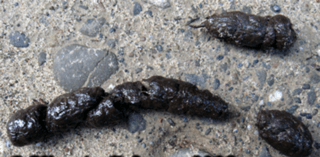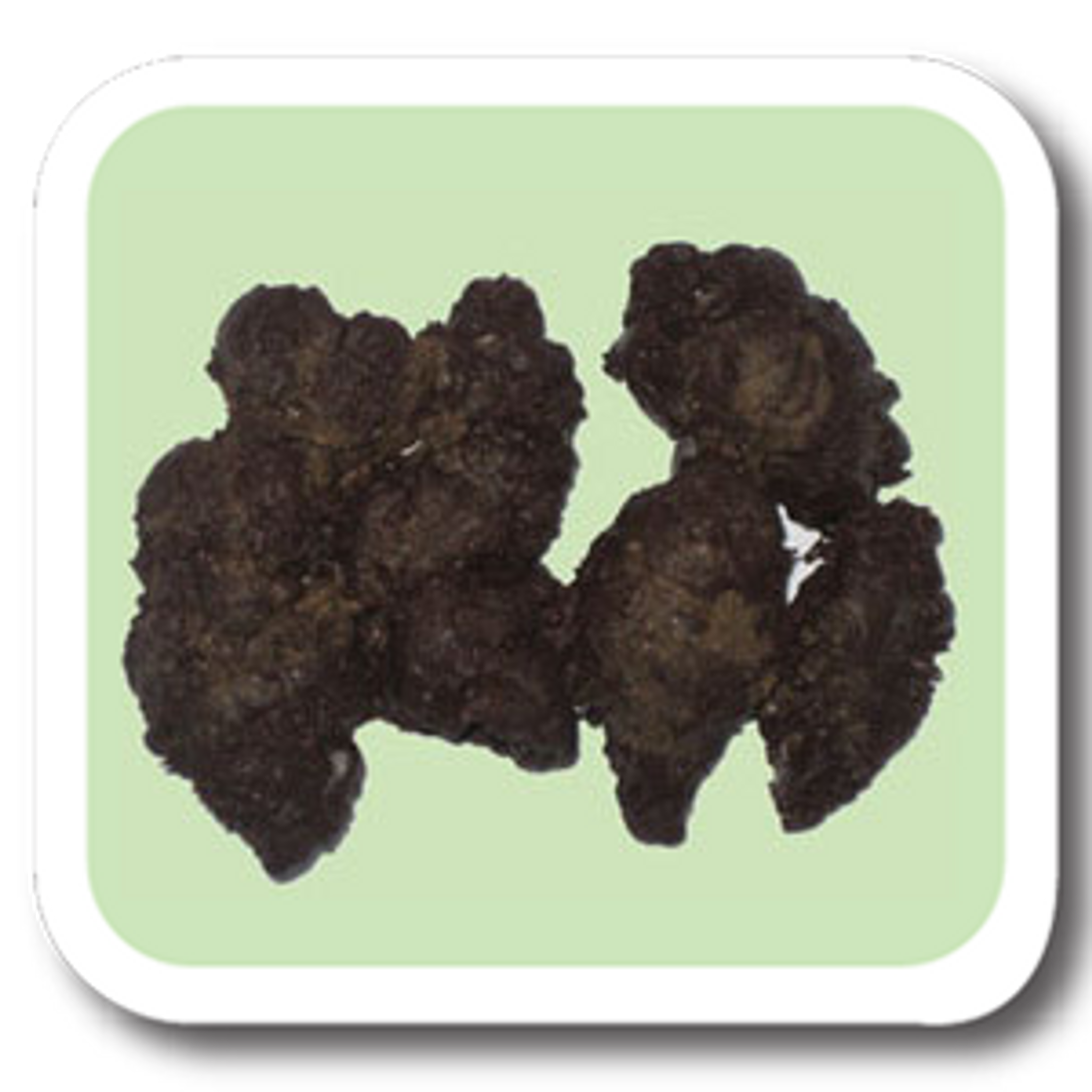

When we were running the population viability analyses, the predictions that we got for genetic variation, or heterozygosity, matched almost exactly what we were finding with our empirical DNA data.” “I was surprised at how closely the modeling data and the empirical data matched - you don't see that often. “We found that population viability models that predict the fate of the population did a good job in predicting the loss in genetic diversity and the long-term population size,” she said. However, the findings provide good news for people trying to protect endangered species, Miller-Butterworth pointed out. By 2040, the researchers predicted, the risk of extinction will increase to about 20% without any human intervention to restore the loss in genetic diversity, perhaps by introducing a bobcat from the mainland every four or five years. The research findings, recently published in Global Ecology and Conservation, indicate that the probability of Cumberland Island bobcats becoming extinct will continue to increase over time. “Consequently, genetic diversity on Kiawah Island is lower than on mainland South Carolina, but still higher than on Cumberland Island.” “On Kiawah, we studied the genetics and found that about every five years, a bobcat from the mainland contributes genes to the island population,” Miller-Butterworth said. DNA from the scat allows the scientists to identify individual bobcats, which enables them to estimate abundance and survival rates and measure levels of inbreeding. There now are 24 bobcats on Cumberland Island, which is separated from the mainland by open water that prevents bobcats from the mainland from immigrating.

Since then, he has returned to the island many times over the years with students and volunteers to collect bobcat scat from which to extract DNA to monitor the population’s genetic health. The bobcat reintroduction was part of Diefenbach’s doctoral research, in which he documented the survival and reproduction of the reintroduced bobcats and collected blood samples from the first litters of kittens born on the island. DNA in those samples now serves as a baseline to compare how the population is faring. Before freeing the bobcats on the island, he drew blood samples from the animals and froze them. The research was led by Cassandra Miller-Butterworth, associate professor of biology at Penn State Beaver, and Duane Diefenbach, Penn State adjunct professor of wildlife ecology who, as a doctoral candidate at the University of Georgia in 1989, reintroduced bobcats captured on the Georgia mainland to Cumberland Island.


 0 kommentar(er)
0 kommentar(er)
